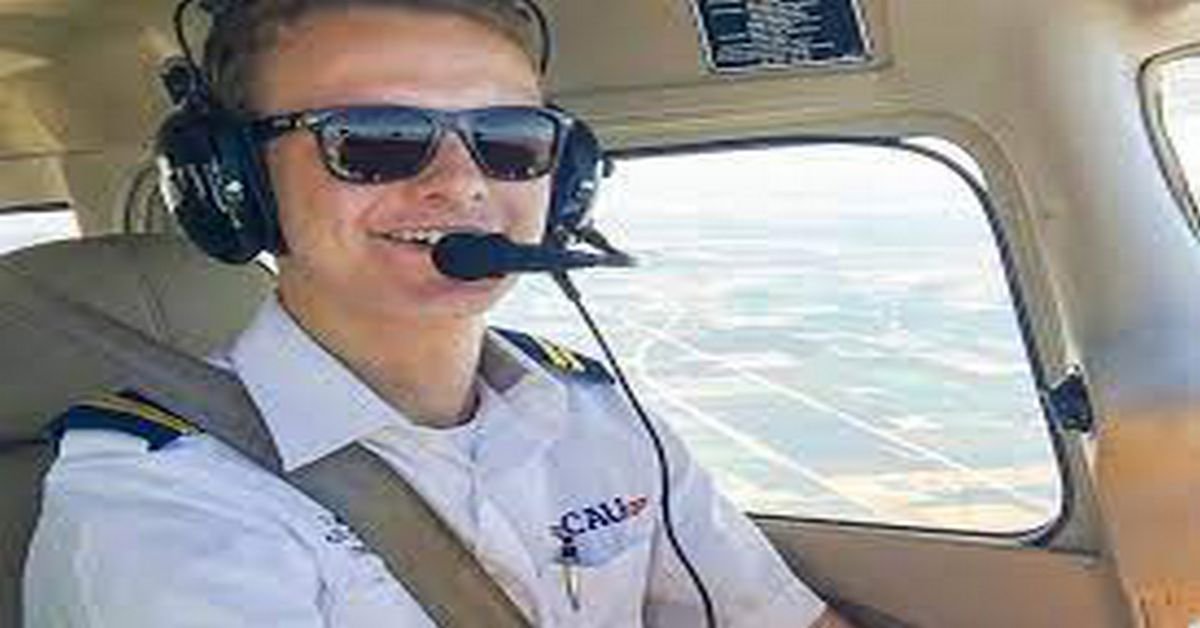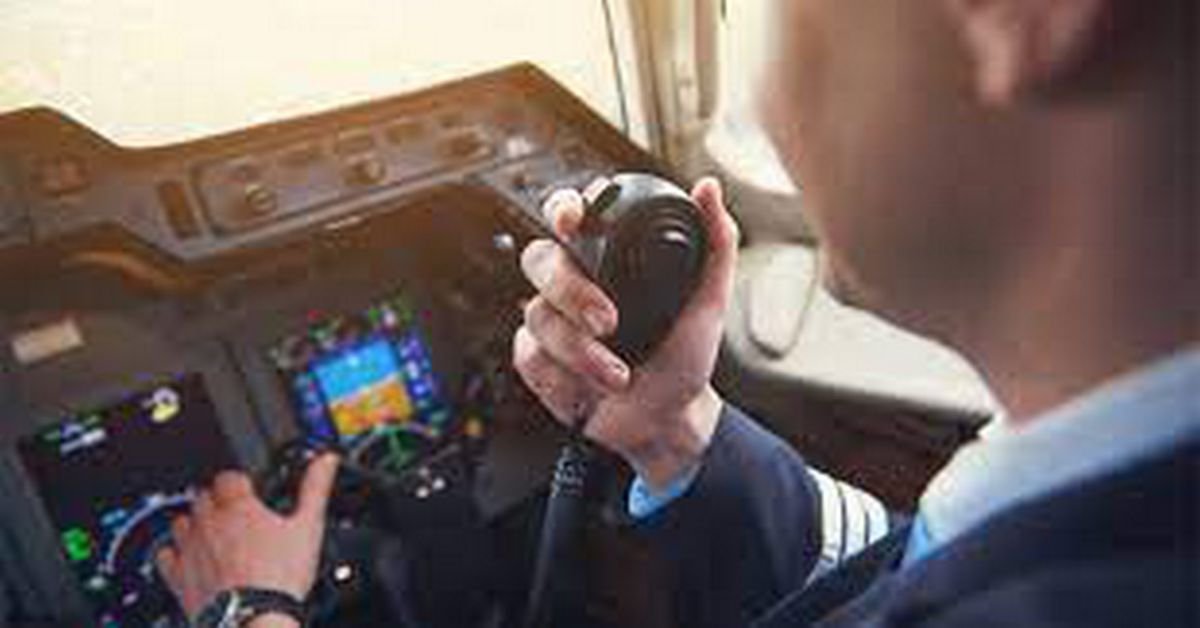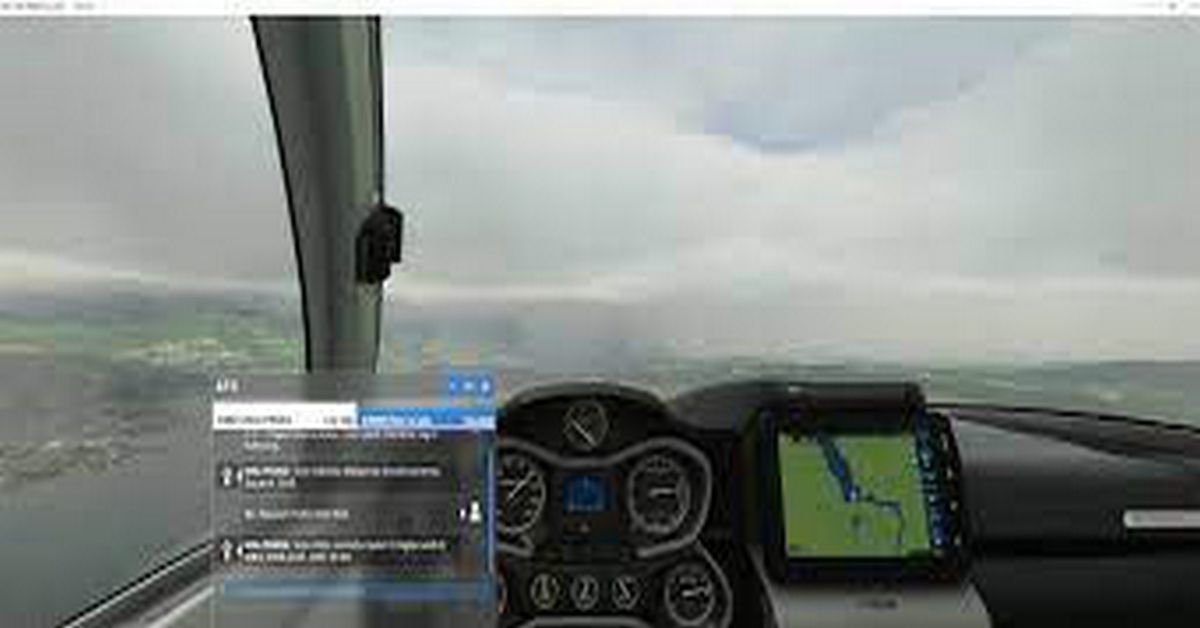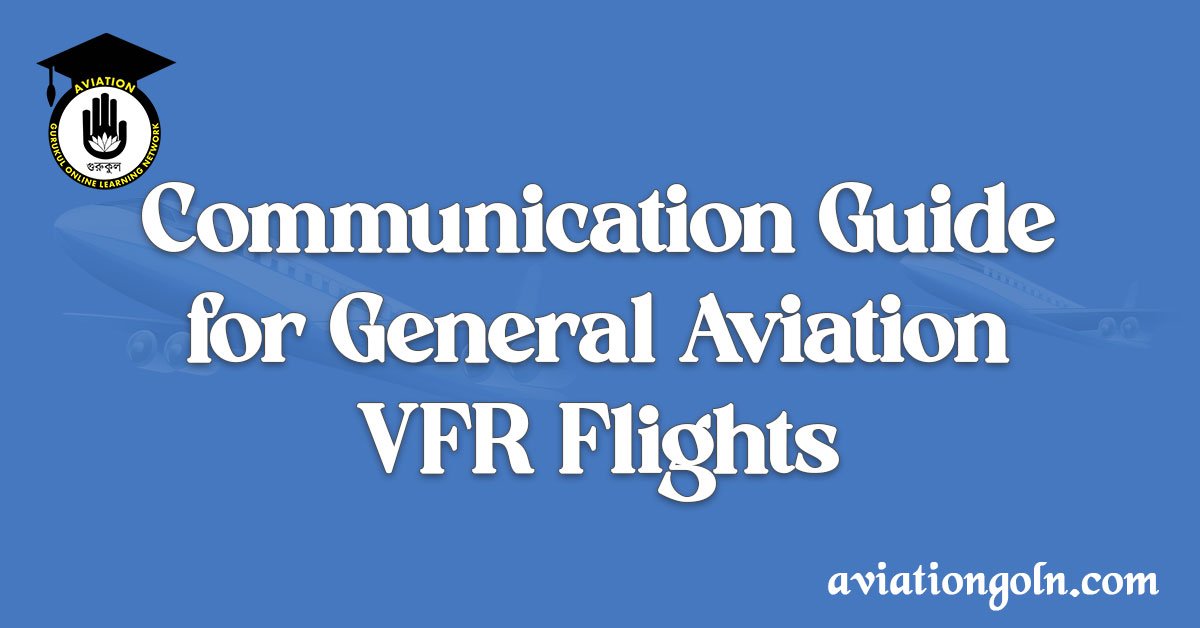Communication Guide for General Aviation VFR Flights: Communication is the bedrock of aviation safety. Whether you’re an experienced pilot or just starting out, understanding the nuances of radio communication in the aviation environment is crucial. For those undertaking Visual Flight Rules (VFR) flights in general aviation, having a solid grasp on the specifics of VFR communication can mean the difference between a safe flight and potential hazards.
In this article, we’ll delve deep into the nuances of VFR communication, covering everything from basic radio etiquette to specific VFR phraseology.
Communication Guide for General Aviation VFR Flights
1. Why is Communication Important in VFR Flights?
A. Safety: At its core, communication ensures safety. Being able to relay intentions, receive timely warnings, or simply inform controllers of your location can prevent mishaps and ensure smooth operations.
B. Coordination: VFR flights, while operating largely outside controlled airspace, can still intersect with various air traffic. Clear communication allows for smooth coordination between various aircraft and ensures there are no misunderstandings.
C. Clarity: Given the dynamic nature of aviation, having up-to-date information about weather changes, flight restrictions, or other potential disruptions can make a difference in a pilot’s decisions.

2. Basic Radio Etiquette
Before diving into the specifics, it’s essential to understand some basic radio etiquettes:
A. Listen First: Before transmitting, always listen to ensure you’re not interrupting another communication.
B. Speak Clearly: Use a normal speaking tone, don’t shout, and avoid speaking too quickly.
C. Be Brief: The key is to relay your message effectively and concisely.
D. Stick to Standard Phraseology: This ensures that your message is understood by everyone, regardless of their native language or background.

3. VFR Communication Procedures
A. Initial Call
When you first establish communication with a controller, be it a tower, center, or other ATC service, your initial call should be brief:
“Cessna 172SP, G-ABCD, information Alpha, VFR to Bigtown, 2000 feet.”
This gives the controller your aircraft type, registration, flight intentions, and altitude.
B. Position Reports
For VFR flights, you might not always be under the watchful eyes of air traffic control, but when crossing certain waypoints or entering other airspace sectors, a position report may be required:
“G-ABCD, abeam Smallville at 2000 feet, heading northeast.”
C. Changing Altitudes
If you’re planning on changing altitudes, especially near controlled airspace, it’s crucial to inform ATC:
“G-ABCD, request descent from 4000 to 2000 feet.”

D. Requesting Weather or Updates
Weather can change rapidly, and staying updated is essential:
“G-ABCD, request current weather at Bigtown.”
E. Leaving a Frequency or Service Area
Once you are about to leave a controlled frequency or airspace:
“G-ABCD, leaving your airspace to the northeast, switching to Bigtown approach. Good day.”

4. Standard VFR Phraseology
Aviation communication has its own ‘language,’ designed to reduce misunderstandings. Here are some basics:
A. Altitudes: Always state altitudes in thousands and hundreds: “Two thousand five hundred feet” not “Twenty-five hundred feet.”
B. Bearings: Always use three figures: “Heading zero five five” not “Heading fifty-five.”
C. Time: Use the 24-hour clock and always provide it in Universal Coordinated Time (UTC): “Time one three two zero” not “Time 1:20 PM.”
D. Speed: Given in knots: “Speed one five zero knots.”
E. Frequencies: State each digit: “Frequency one two four decimal five.”

5. Handling Traffic Advisories
When ATC issues traffic advisories:
A. Listen Carefully: Absorb the details provided about the other traffic.
B. Scan Vigilantly: Use the information provided to locate the traffic.
C. Respond Promptly: If you see the traffic or if you do not see it after searching, let the controller know.

6. Operating in Controlled Airspaces
Even during VFR flights, you may find yourself transitioning through controlled airspaces. Always:
A. Plan Ahead: Know which airspaces you’ll be transitioning through.
B. Establish Communication Early: Don’t wait until the last minute to contact the controlling entity.
C. Follow Instructions: If you are given an instruction by ATC, follow it promptly and read back any clearances to confirm understanding.

7. Emergency Communications
In the event of an emergency:
A. Stay Calm: Maintain composure to effectively communicate the nature of your emergency.
B. Use the Word “MAYDAY”: Repeat it three times to get attention.
C. Provide Essential Information: Your aircraft type, current position, nature of the emergency, and intentions.
D. Listen for Instructions: ATC will provide guidance and coordinate with emergency services as needed.

While this guide offers a concise overview of communication for general aviation VFR flights, always remember that experience and regular practice play crucial roles. Stay updated with changes in regulations, attend recurrent training, and frequently engage in practical radio communication to build and maintain proficiency.
Effective communication in the skies ensures not only the safety of pilots and their aircraft but also the entire aviation community. Whether you’re flying cross-country or just around the corner, understanding and mastering the art of radio communication is an essential skill for every aviator. Safe flying!
